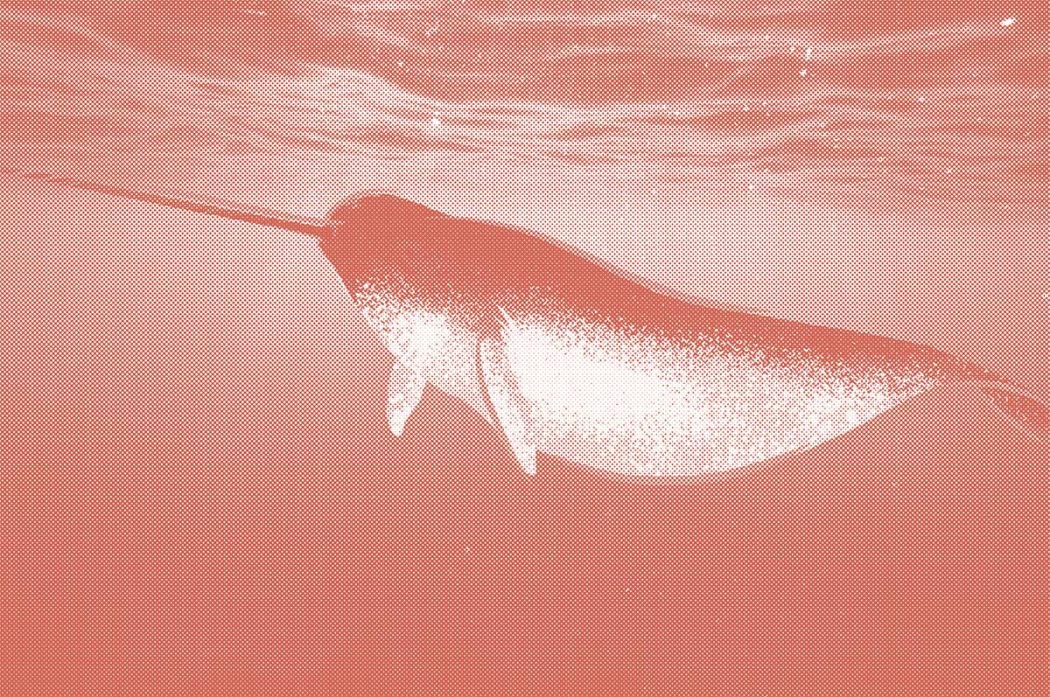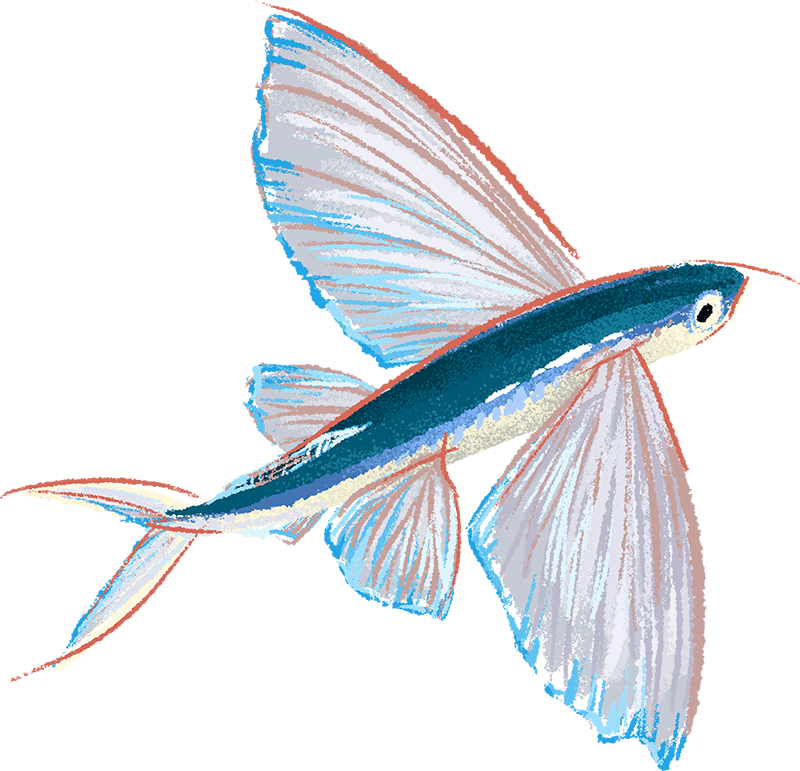There’s a whole weird, wet world out there
In partnership with The Ocean Agency. The non-profit creative agency of record for the ocean.
Illustrations by Brittany Norris
We’re not going to get into how much of the Earth’s surface is covered in water or how little we know about the depths of the ocean when compared to the surface of the moon because we want to get right into telling you all about all the strange and alien life that lived in it.
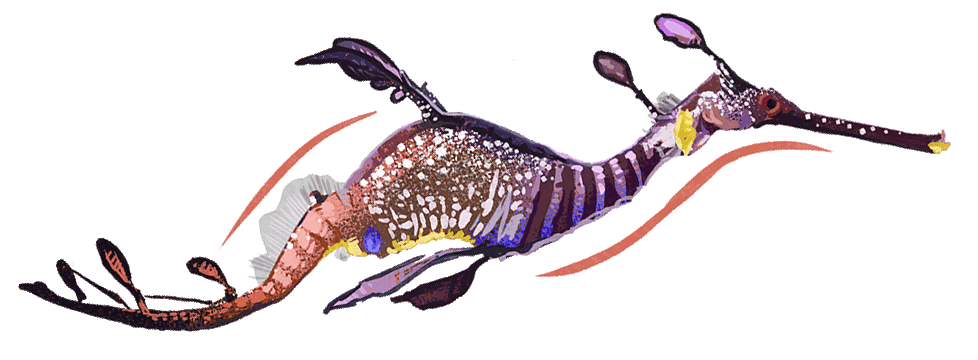
Weedy Seadragon
 Rocky reefs along the southern coastline of Australia
Rocky reefs along the southern coastline of Australia Neither an actual dragon nor a horse nor a weed
Neither an actual dragon nor a horse nor a weed
Despite being weedy, the ladies love their male counterparts—for good reason—it’s the males that get pregnant and give birth to the baby dragons.
Moray Eel
 All tropical and subtropical seas
All tropical and subtropical seas Literally ties itself in knots to flush prey out of small spaces
Literally ties itself in knots to flush prey out of small spaces
When little fish have nightmares, it’s usually about moray eels. Once it bites a fish, the second set of jaws flies out and pulls the fish inside. If you’ve seen Alien, you get the idea.
By-the-Wind Sailor
 West Coast of North America, East Coast of North America, and Western Europe
West Coast of North America, East Coast of North America, and Western Europe![]() Don’t call it a jellyfish, they hate that
Don’t call it a jellyfish, they hate that
A hydrozoan (a class of predatory animals, distantly related to corals, sea anemones, and jellies) that lives on the surface of the water in colonies. Each individual has a triangular “sail” that protrudes from its back—some angled to the port side, some to starboard so they don’t all get stranded by storms

Narwhal
 Way up north in the Arctic Ocean
Way up north in the Arctic Ocean Actually a real animal
Actually a real animal
This dolphinesque unicorn might be far more famous if its name wasn’t quite so Icelandic and its appearance quite so mythical.
Cheerleader Crab
 Hawaii
Hawaii Not the most popular
Not the most popular
To protect themselves from predators, cheerleader crabs pick up stinging anemones and wave them around like pom poms. It’s very encouraging looking when you’re halfway through a dive.
Sea Spider
 Everywhere, mac
Everywhere, mac![]() They have no gills, no lungs, no organs for breathing at all
They have no gills, no lungs, no organs for breathing at all
Just your standard-issue, creepy, crawly, underwater, swimming nightmare fuel that sucks the life out of its prey, inhabits every ocean in the world, and can grow to the size of a dinner plate.
Angler Fish
 Mostly in North Atlantic Ocean
Mostly in North Atlantic Ocean![]() Can camouflage themselves as rocks, sponges, or seaweed
Can camouflage themselves as rocks, sponges, or seaweed
Shallow-water anglerfish are the ocean’s speed-eating champions. They can eat a fish twice their size in exactly half a split second. It’s impressive.
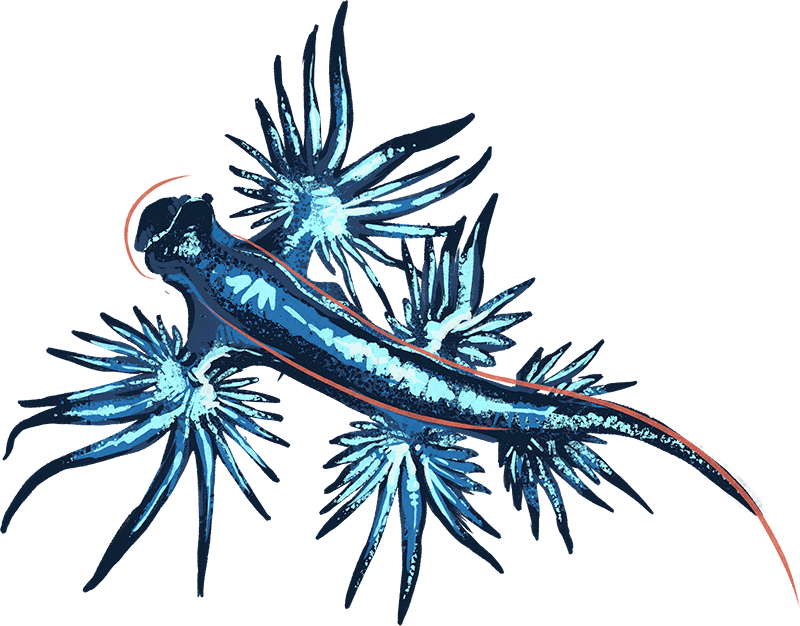
Glaucus Atlanticus
 The Atlantic, Pacific, and Indian Oceans in temperate and tropical waters
The Atlantic, Pacific, and Indian Oceans in temperate and tropical waters Best admired from afar
Best admired from afar
Might sound like a Roman gladiator’s name, which is appropriate for this certified badass sea slug that hunts Portuguese man o’ war jellyfish and steals their stingers to use later as weapons.
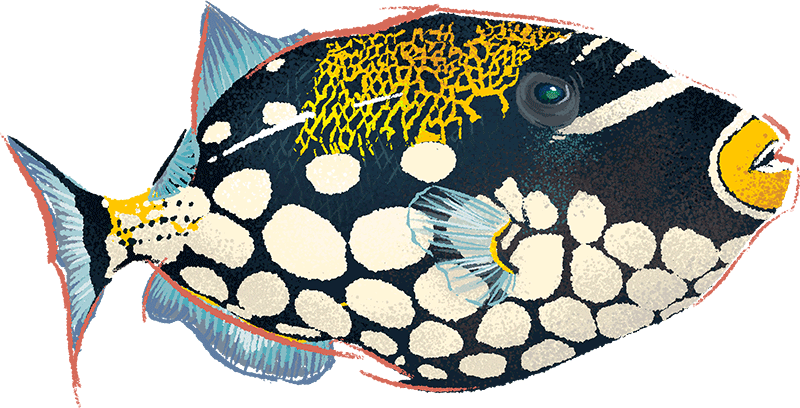
Clown Triggerfish
 Throughout the Indo-Pacific
Throughout the Indo-Pacific![]() Fond of quoting Joe Pesci in Goodfellas
Fond of quoting Joe Pesci in Goodfellas
Build nests on the ocean floor and any large creature that passes them gets a headbutt
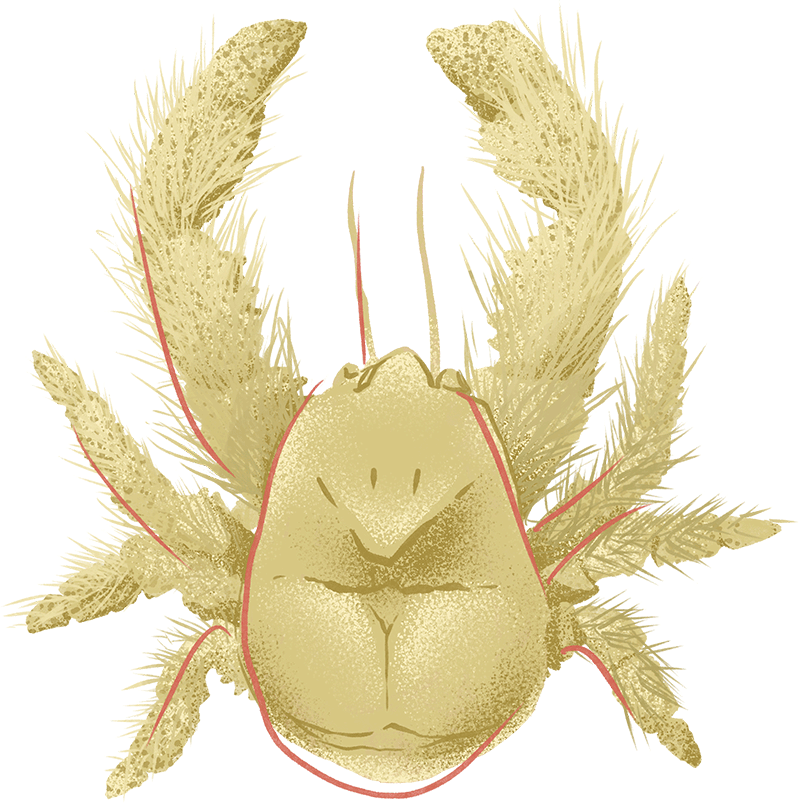
Yeti Crab
 Hot ocean vents near Antarctica
Hot ocean vents near Antarctica Nothing to do with the coolers
Nothing to do with the coolers
The only known huggable crab in the long history of crabs. Also, eats bacteria that are fertilized on their own leg hairs.
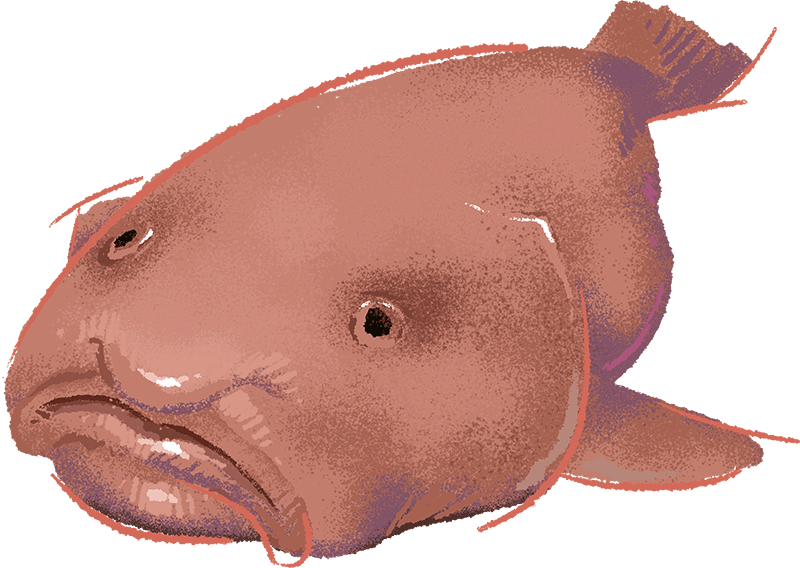
Blobfish
 Deep waters off of Australia and New Zealand
Deep waters off of Australia and New Zealand Not to be confused with the senator from Texas who prefers to vacation in Cancun when his state is experiencing a natural disaster
Not to be confused with the senator from Texas who prefers to vacation in Cancun when his state is experiencing a natural disaster
Looking really ugly is clearly a good strategy for not getting eaten. Bet you’ve never seen herb-crusted blobfish on a menu.
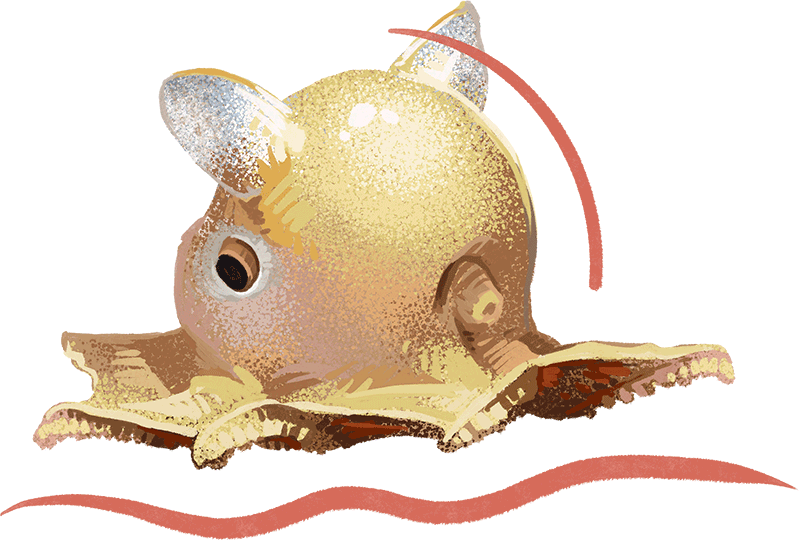
Dumbo Octopus
 Way down in the deep Pacific ocean
Way down in the deep Pacific ocean Voted the cutest deep-sea creature every year since its discovery
Voted the cutest deep-sea creature every year since its discovery
They use their ear-like fins to propel themselves through the water and navigate currents. No feather required.
Clown Fish
 Warmer waters of Pacific and Indian Oceans
Warmer waters of Pacific and Indian Oceans![]() She’s the boss
She’s the boss
All clownfish are born male but actually possess the ability to change sex. The change is irreversible (but then why would they want to reverse such a smart move?).
Paper Nautilus
 Subtropic and tropic waters at surface level
Subtropic and tropic waters at surface level![]() We’re going with the detachable penis thing here
We’re going with the detachable penis thing here
The most beautiful Nautilus are the ones with paper-thin shells. The only downside is they’re too fragile to have any contact with the opposite sex. Fortunately, they have evolved detachable swimming penises.
Sawfish
 Found in shallow tropical seas and estuaries of the Atlantic Ocean
Found in shallow tropical seas and estuaries of the Atlantic Ocean![]() Can grow as large as 20 feet long
Can grow as large as 20 feet long
It’s hard to imagine that the sawfish doesn’t wish that it was a shark. Having teeth on your nose makes chewing challenging.
Flying Fish
 Over your head
Over your head Can glide in the air for as far as 650 feet
Can glide in the air for as far as 650 feet
For some reason, a fish that can fly is a lot more impressive than a bird that can swim.
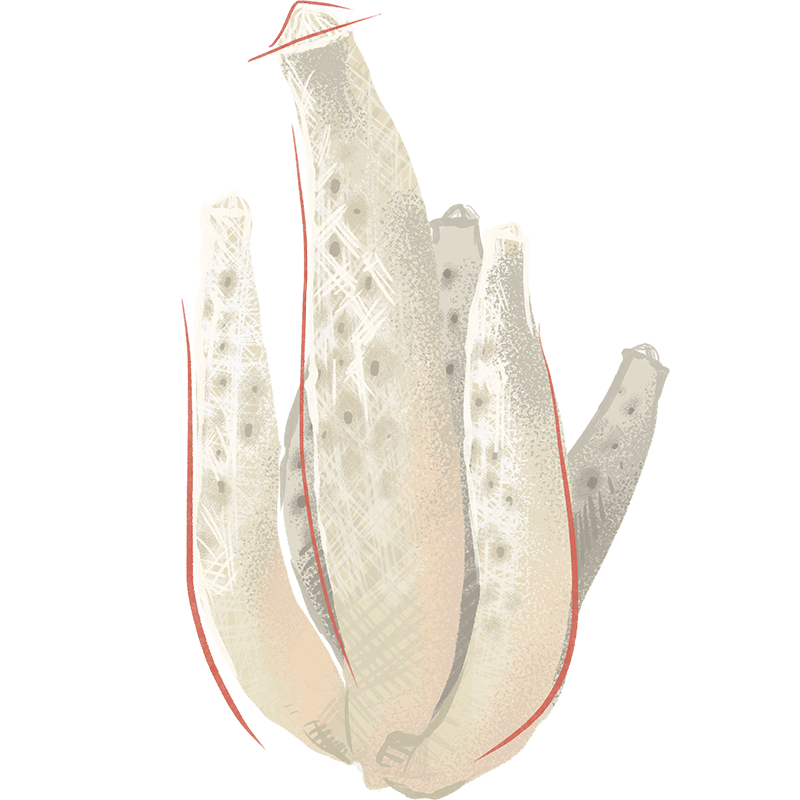
Venus Flower Basket
 Deep on the ocean floor near the Philippine Islands
Deep on the ocean floor near the Philippine Islands Smarter than the techs at Verizon
Smarter than the techs at Verizon
Ahead of their time, these sponges contain glass-like structures that transmit light better than our best fibre optic cables, inspiring next-gen technology.

Pearl Fish
 Tropical sea cucumbers’ butts
Tropical sea cucumbers’ butts They live in the butts of sea cucumbers
They live in the butts of sea cucumbers
Yeah, that’s about it. Just the butt thing.
Coral
 Mostly between the Tropics of Cancer and Capricorn
Mostly between the Tropics of Cancer and Capricorn![]() Blows most other creatures away with its superpowers
Blows most other creatures away with its superpowers
After half a billion years of evolution, it can clone itself and technically live forever. It can turn seawater into stone and build giant cities that dwarf those built by humans. It can grow its food in its own flesh and even create clouds in the sky to cool itself down. Respect is long overdue.
Cookiecutter Shark
 Atlantic and Pacific oceans, from the Bahamas to New Zealand
Atlantic and Pacific oceans, from the Bahamas to New Zealand![]() “Ice-cream scoop shark” might be a more accurate name
“Ice-cream scoop shark” might be a more accurate name
It was a mystery why sharks, dolphins, and other large ocean creatures were spotted with perfectly round cookie-size holes in their side. Then the cookiecutter shark was discovered with a cookie-size set of teeth. Mystery solved.
Christmas Tree Worms
 Tropical coral reefs worldwide
Tropical coral reefs worldwide So bizarre and alien it had a non-speaking role in Avatar
So bizarre and alien it had a non-speaking role in Avatar
Worms on land look like worms. Worms in the ocean get far more creative. It comes in assorted colors and instantly disappears down its hole when approached.
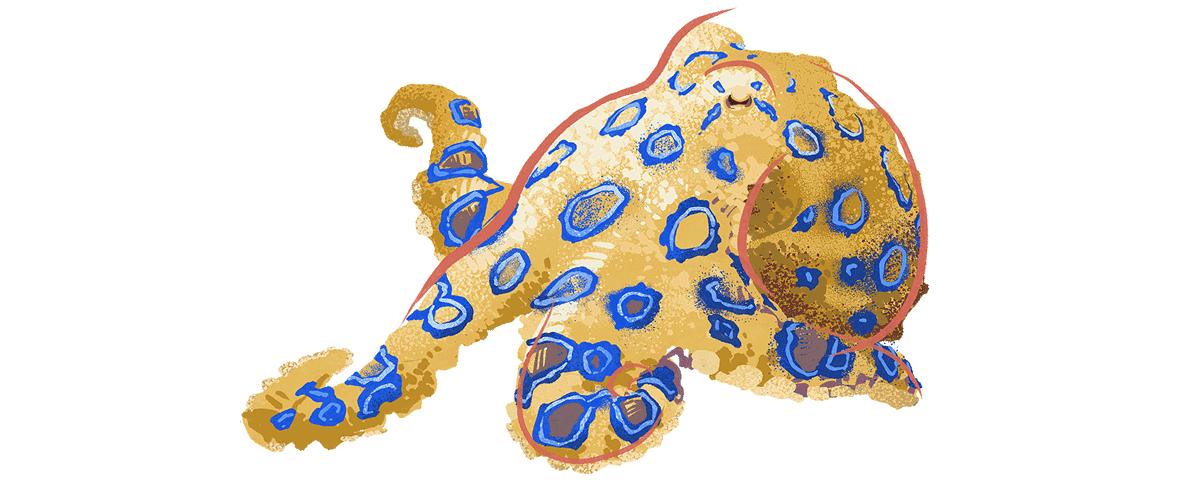
Blue-Ringed Octopus
 Sea of Japan to Southern Australia
Sea of Japan to Southern Australia The blue rings on these little fellas only appear when they are really pissed—it’s good to remember that
The blue rings on these little fellas only appear when they are really pissed—it’s good to remember that
Don’t underestimate these little guys. They have a bite so toxic it’s enough to kill 24 humans despite the octopus being only about 5cm in size.
Mantis Shrimp
 Indian and Pacific Oceans between East Africa and Hawaii
Indian and Pacific Oceans between East Africa and Hawaii Nicknamed “thumb splitter”—pick one up and find out why
Nicknamed “thumb splitter”—pick one up and find out why
The mantis shrimp has the fastest punch in the ocean. It’s so fast it strikes at the speed of a .22 bullet. The speed causes the surrounding water to vaporize, exploding their prey. Needless to say, people who put them in their glass aquariums quickly regret the decision.
Galapagos Batfish
 Deep waters near, you guessed it, the Galapagos Islands
Deep waters near, you guessed it, the Galapagos Islands Never asked to be the face of Maybelline (not yet anyway)
Never asked to be the face of Maybelline (not yet anyway)
No that’s not lipstick. Nature likes doing experiments in the Galapagos Islands but arguably went a little too far with this batfish.
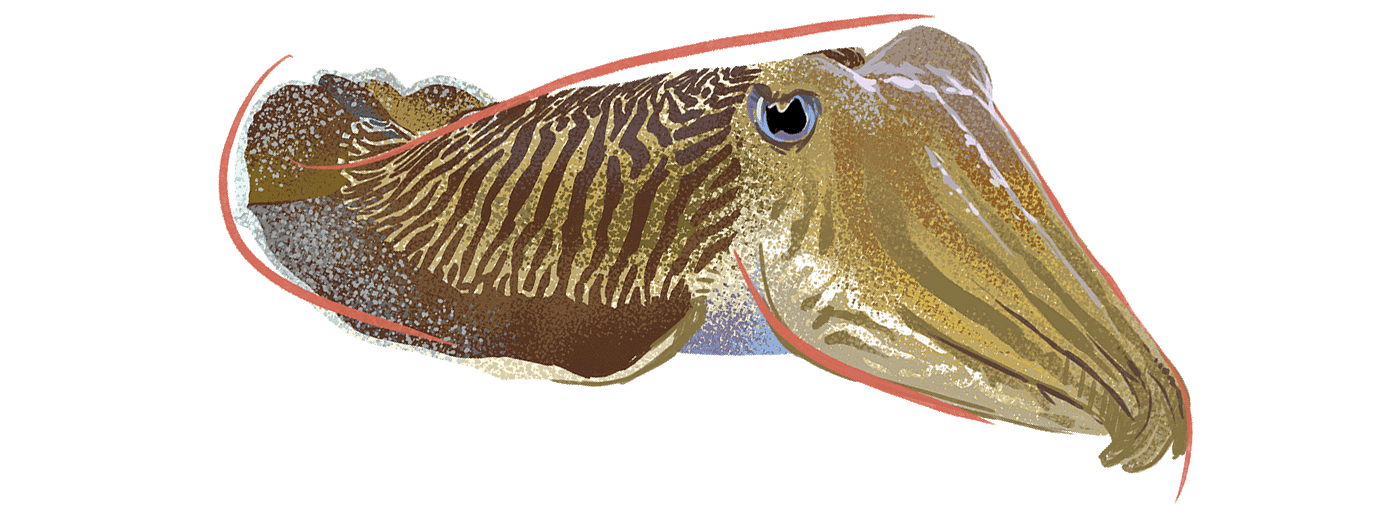
Cuttlefish
 Reefs and channels around the globe
Reefs and channels around the globe Have not one, not two, but three hearts
Have not one, not two, but three hearts
Masters of disguise, smaller cuttlefish have been known to cross-dress as females allowing them to avoid the macho fights during mating season, getting their six legs all over the best looking ladies. It’s known as survival of the sneakiest.
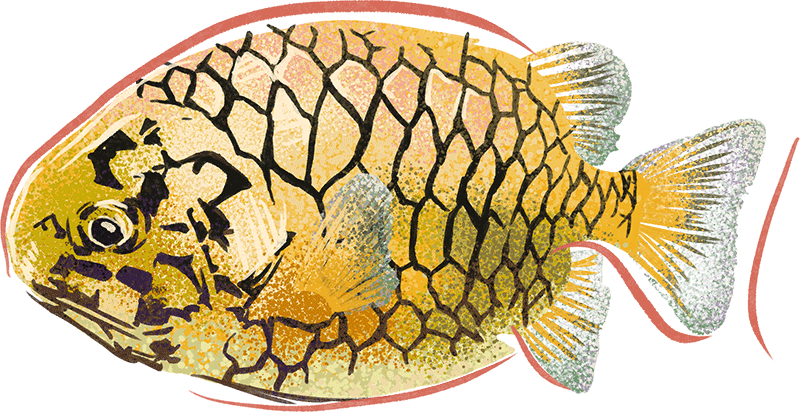
Pineapple Fish
 Reefs off the coast Western Australia
Reefs off the coast Western Australia Might use bioluminescence to communicate
Might use bioluminescence to communicate
When you’re a fish and you look like a pineapple it’s wise to hide from humans. Pineapple fish are usually found hiding in dark caves. They’ve spent so long hiding, they’ve evolved light organs under their eyes they use as torches to find food.
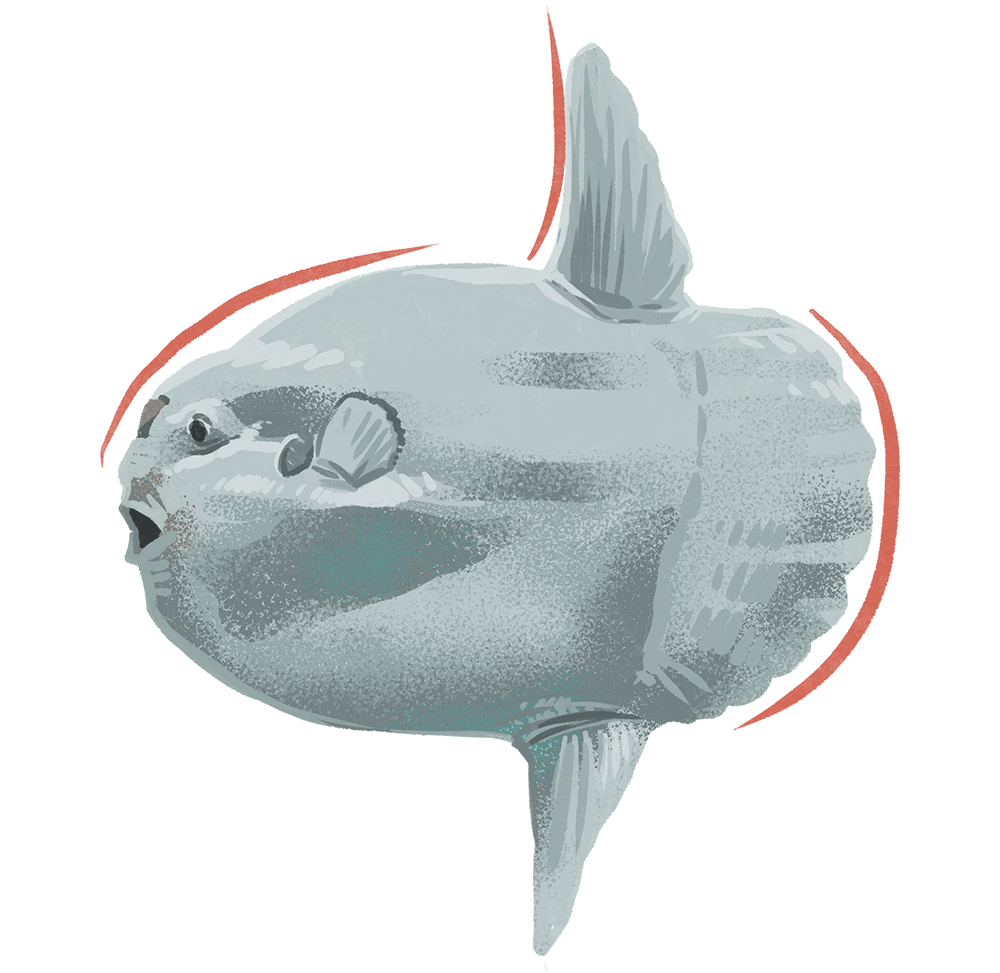
Mola Mola
 Temperate and tropical oceans around the world
Temperate and tropical oceans around the world Can weigh more than a car
Can weigh more than a car
A fish so odd they named it twice—with an odd name and bizarrely human face to match. At up to 10 feet long is the world’s largest bony fish.

